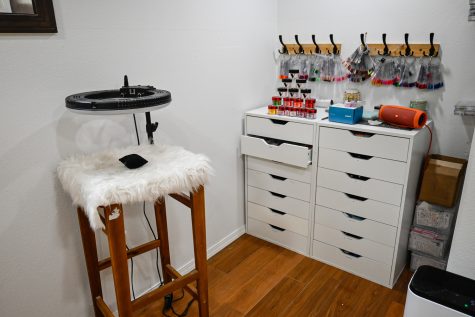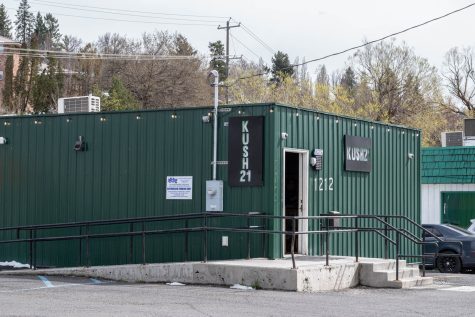Bartering clothes with the help of virtual closets
September 24, 2013
An idea, an unfinished degree and too many old sweaters began the world of virtual bartering.
“It’s the perfect gem and I’m bringing it to the market place,” said Connor Simpson, CEO and founder of Barters Closet.
Over the years, Simpson said his closet had become consumed by a substantially large number of old sweaters. Even though his sweater collection had accumulated to over 50, he did not quite want to part with it.
“I thought of creating something that utilizes resources people already have and exchanging products they have already paid a premium for,” he said.
One year ago, after winning best user interface and design at the Startup Weekend competition in Spokane, Wash., Simpson and his team pledged to create Barters Closet. The website allows people to upload images of their used clothes and trade them with other people’s wardrobe items, free of cost.
The website functions somewhat like Facebook, where profiles for wardrobes are created and used to negotiate exchanges between users, Simpson said. The users’ only cost is the shipping expense to send the bartered items.
Cody DeJardin, a senior at Whitworth University and user of Barters Closet said, “Our generation is really into thrift shopping, but it’s a hit or miss when you go. The great aspect about this site is it gives you the ability to not have to go thrift shopping and find the gems that you are looking for.”
Along with the ability to exchange clothes, Barters Closet allows its users, clothing companies and thrift shops, to sell new and used clothing. When users sell items, Barters Closet takes a 15 percent commission, which is lower than most retail consignment stores, Simpson said.
DeJardin owns a clothing company and thinks Barters Closet is doing well by small businesses.
“It’s a great business model, not only because it’s innovative, but because it’s also empowering thrift shops and businesses around Spokane and the world,” he said.
Within its first two months of operation, Barters Closet has generated over 800 items and currently has 308 users, Simpson said.
“It’s fun to be a part of something new, innovative and relevant to me and my community,” said Gage Digiovanni, Pullman regional marketing coordinator for Barters Closet.
He said he has high hopes for the company and wants Barters Closet to become the business people choose to use when they want to save money on clothes.
“In five years I want Barters to be the go to place for people to cost-effectively change their wardrobe,” Digiovanni said.
Simpson’s main objective in creating Barters Closet was saving his users’ money and generating real benefit for them, he said.
“We aren’t in it for the money,” Simpson said. “Creating value for our customers is what we really want to do.”
In the future, Simpson hopes to expand the business to allow users to barter practically anything, including books, appliances and toys. Simpson plans to make the website a one-stop shop for bartering, he said.





















